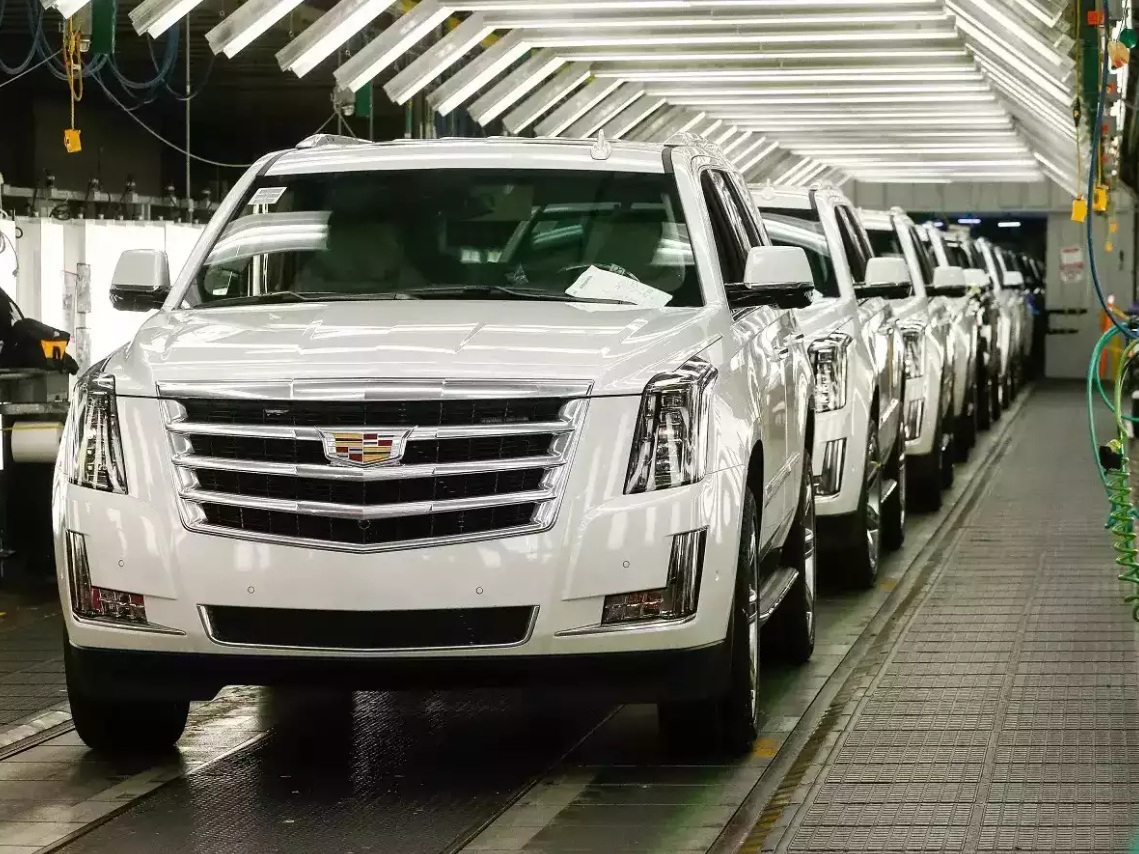In 2018, South Korean giant Samsung inaugurated the world’s largest mobile factory in India. The 35-acre facility at Sector 81 in Noida, Uttar Pradesh, saw Prime Minister Narendra Modi and South Korean President Moon Jae-in officially inaugurating it together — placing the country firmly on the global manufacturing map.
Even before that, the country saw a massive turnaround in mobile manufacturing. Before 2014, there were two mobile manufacturing factories and now, more than 200 manufacturing units have been set up in India, producing millions of devices and exporting them to other countries.
Electronics Industry
Fast forward to 2023. Led by locally-manufactured mobile phones, India’s electronics industry saw a record exports of electronic goods at an estimated Rs 1,85,000 crore in FY22-23 — compared to Rs 1,16,936 crore in FY21-22 — marking a whopping 58 per cent increase.
According to data by the India Cellular and Electronics Association (ICEA), mobile phone exports made history by crossing the $10 billion threshold for the first time in any fiscal year, reaching an estimated $11.12 billion (over Rs 90,000 crore) in FY23.
Wikimedia Commons
This growth has been primarily driven by the Apple ecosystem, which alone crossed a record $5 billion in exports from India in FY23.
The country has now taken a leap on manufacturing IT hardware (laptops, servers, tablets), semiconductors and more.
Vedanta-Foxconn Semiconductors Limited (VFSL), a joint venture between Foxconn and Vedanta Group, is one such example. Vedanta and Foxconn signed a Memorandum of Understanding (MoU) with the Gujarat government last year to invest Rs 1,54,000 crore to set up the semiconductor and display manufacturing plant which is India’s first.
In April, Vedanta Group signed MoUs with 20 Korean companies from the display glass industry for the development of an electronics manufacturing hub in the country.
The Centre last week approved an updated production linked incentive (PLI) scheme for IT hardware, nearly doubling the overall outlay for the scheme to around Rs 17,000 crore.
The tenure of the programme will be applicable for six years and the government expects investments worth Rs 2,430 crore in the scheme.
“PLI 2.0 for IT hardware will be a catalyst for India’s $300 billion electronics manufacturing mission, an important part of India’s trillion dollar digital economy goal,” according to Minister of State for Electronics and IT, Rajeev Chandrasekhar.
The IT hardware PLI 2.0 is focused on expanding India’s production and presence in the global value chains of IT hardware/servers/laptops.
The country recently launched a Rs 76,000 crore production-linked incentive (PLI) scheme for semiconductors and display manufacturing units.
Earlier this month, Prime Minister Modi allocated a budget of Rs 1,200 crore to invest in the Indian semiconductor design startups.

(Beawiharta/Reuters)
The government is aiming to create 100 semiconductor design startups in the near future that will develop innovative designs and solutions not only for the domestic market but also for the world, according to Chandrasekhar.
The country will soon have a talent pool of 85,000 highly-skilled professionals in the semiconductor space, according to the minister.
India’s semiconductor market was valued at $22.7 billion in 2019, according to a recent joint report by Counterpoint Research and the India Electronics and Semiconductor Association (IESA).
The 2026 forecast of $64 billion is set to be driven by both domestic and export markets with significant demand from the consumer electronics, telecom, IT hardware and industrial sectors.
India’s ‘telecom stack’ and industrial applications are expected to account for two-thirds of the total.

“In the short term, there is a huge opportunity being driven by domestic demand across applications like sensors, logic chips and analog devices,” according to Tarun Pathak, Research Director at Counterpoint.
“Local sourcing is already happening in a significant way. It accounted for around 10 per cent of the overall market in 2022,” he added.
According to Amitesh Kumar Sinha, CEO of ISM and Joint Secretary, MeitY, “India is committed to becoming a reliable partner in global supply chains and we are working towards that by framing long-term policies, keeping the next 25 years in mind.”
As 5G roll-out picks up pace in India, Prime Minister Modi is already laying out the blueprint for 6G and has asked global giants like Cisco to begin research and development (R&D) around the next-gen telecommunication technology to further empower millions.
The company’s Chief Operating Officer (COO) Maria Martinez told IANS earlier this month that Prime Minister Modi has asked them to engage on 6G.
“We talked about building some kind of joint R&D around 6G as well. We are very excited after seeing the 5G roll-out globally, including in India. We’re very excited about 6G too,” Martinez said.
The Prime Minister has already emphasised that the 6G initiative will create new opportunities for innovators, industries and startups. In March, he released a vision document that details India’s plans to develop and launch 6G telecom services in a few years.
The Modi government’s next target is to increase electronics manufacturing capability to Rs 24 lakh crore by 2025-26, which will also help create over 10 lakh jobs.
Next on the anvil may be Tesla manufacturing its electric cars in the country. Elon Musk will likely pick a new location for a Tesla factory by the end of this year and according to him, India is very much part of his scheme of things.
In an interview with Wall Street Journal, when asked if India is an interesting choice for a new Tesla location, Musk responded: “Absolutely”.







